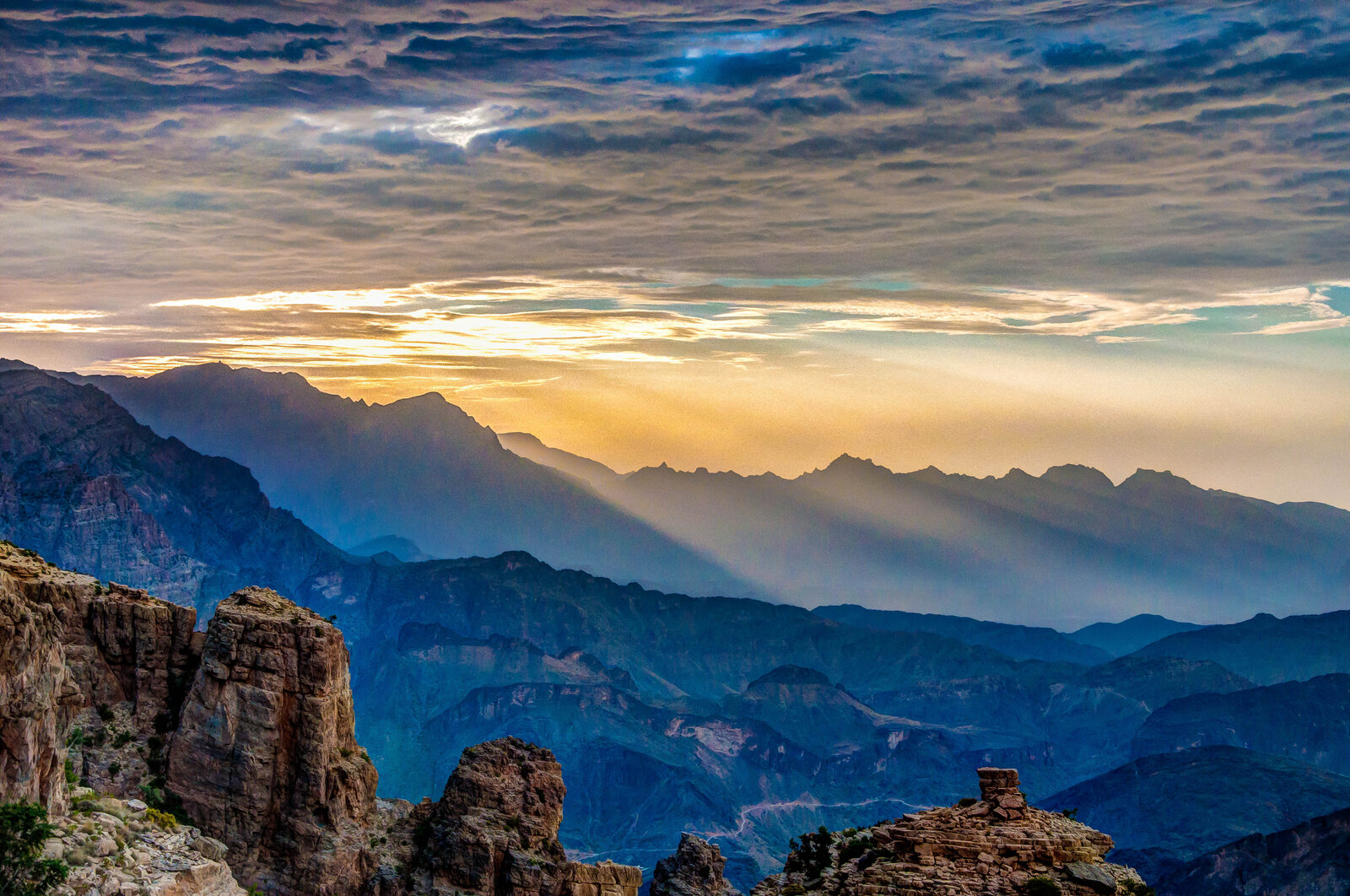UAE: Possible testing ground for climate's next big thing?

Seeding the oceans with minerals to capture carbon is a rising star among efforts to mitigate the effects of climate change, Bloomberg reports. Vesta, a firm engaged in coastal carbon capture, sees the UAE and the Middle East as fertile ground for capturing CO2 cheaply and on a large scale. “What we’re looking for is locations which have large amounts of the mineral and the right oceanographic conditions. When you look at the Middle East, you have both,” said Vesta CEO Tom Green.
What is coastal carbon capture? Coastal carbon capture, aka enhanced weathering or ocean fertilization, involves depositing basic silicate rocks such as olivine-rich dunite in coastal areas, which releases chemicals that raise seawater alkalinity, increasing CO2 capture from the atmosphere.
What makes it so special? The major challenges for various carbon capture and sequestration/utilization techniques are cost and energy use. The cost of carbon capture varies from USD 15-25/t CO2 to USD 40-120/t CO2 depending on whether the CO2 source is a high- or low-concentration, according to the International Energy Agency (IEA). Vesta claims their technique needs as little as USD 21 and 40 KW/h of energy to remove one ton of CO2 from the atmosphere.
But wait — it also has its limitations, including the length of time it takes the minerals to contribute to carbon sequestration. The process of olivine dissolution has an estimated half-life of 70 years, meaning it’d take around 70 years for the olivine to dissolve and capture CO2 in the process, reads Bloomberg’s report, citing Columbia Climate School’s Lamont-Doherty Earth Observatory professor Peter Kelemen. Yet Vesta is hopeful that warmer waters, wave motion, and how finely the mineral is ground can help reduce this to a 10-20-year half-life. Concerns have also been also voiced about its effect on ecosystems given that it often contains toxic elements and can affect the food chain.
Vesta finds the Persian Gulf a suitable location to deploy its tech owing to the temperature, chemistry, and type of currents of the Gulf’s waters, the report reads. As it takes one ton of olivine to remove one ton of CO2, Vesta is looking to tap into the olivine deposits in the Hajar Mountains along the coast of UAE and Oman to supply the mineral for their operations. Vesta is no stranger to the region with well-established ties to Egypt and possibly Kuwait. The firm aims to gain investment from the UAE, a major proponent of carbon capture technologies.